Would you like to know if Zinnias are self-pollinating? Well, we have researched this topic and have answers for you. Knowing if these flowers are self-pollinating is vital, so you know whether you need more than one plant.
Zinnias are self-pollinating, which means they can be fertilized by pollen from their own flower or flowers from the same plant. You can also cross-pollinate zinnias with other zinnias flowers.
In this article, we will learn if zinnias are self-pollinating. We will also learn the answers to other interesting related questions, such as how do you make zinnias bloom more, and how do you get zinnias back every year? Keep reading to learn more.
Are Zinnias Self-Pollinating?
Zinnias are self-pollinating, meaning that a single plant's pollen can be used to pollinate itself. This pollinating can be done by bees and other insects or by hand with a small paintbrush.
When zinnias are pollinated with their pollen, they produce seeds that grow into similar-looking zinnias. Zinnias can also be cross-pollinated with other varieties of zinnias.
If a different variety of zinnia pollinates another zinnia, its seeds will produce a hybrid variety with traits from both parent plants. If you wish to breed two specific types of zinnias together, only the chosen zinnia must pollinate the other zinnia.
One way to ensure only the selected zinnias breed together is to keep them inside so pollinating insects don't deliver the wrong pollen.
Another way to prevent non-selected cross-breeding is to manually pollinate the desired zinnias and cover the flowers with a mesh bag. The mesh bag will keep bees and insects from pollinating with undesired pollen.
If you want to try mesh bags to keep your zinnias safe from unintentional cross-breeding, here are two of the best products on Amazon.
Nylon Mesh Netting Barrier Bags
You can find this product here on Amazon.
Penetrating Light Protection Bags
You can find this product here on Amazon.
How Do You Make Zinnias Bloom More?
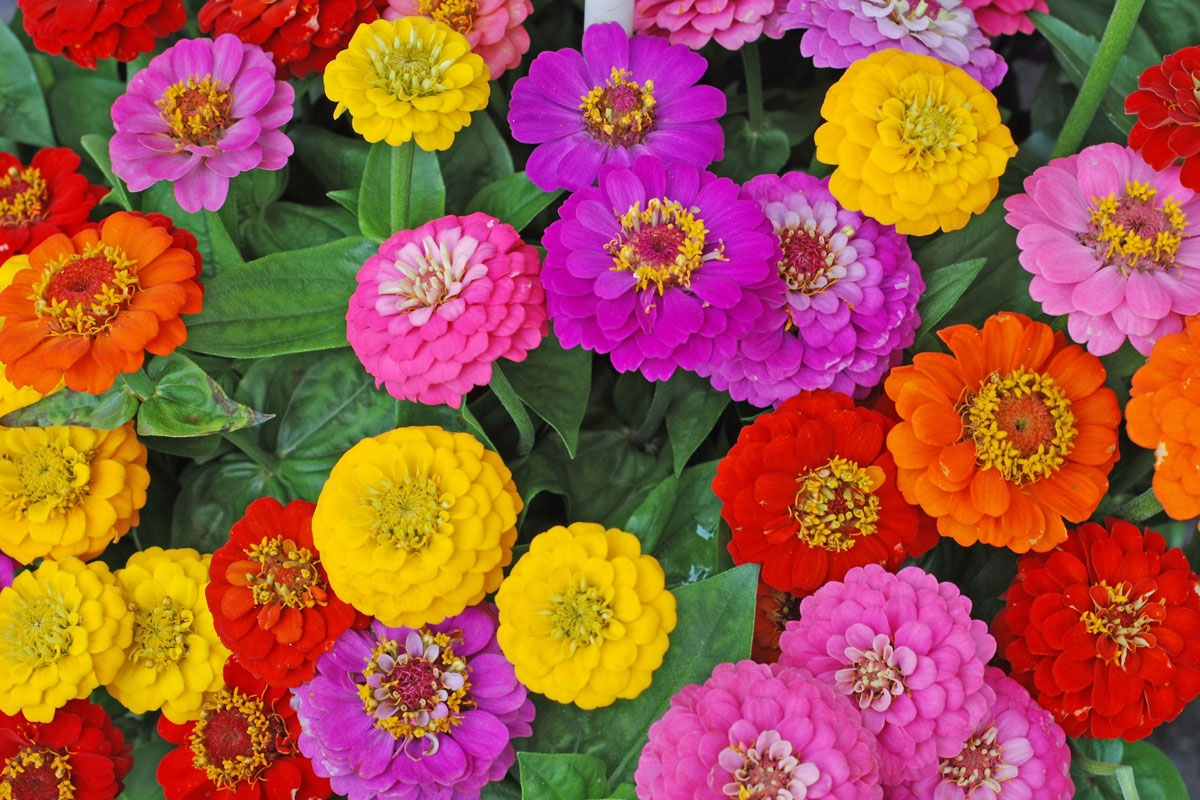
There are a few ways to make zinnias bloom more. Let's learn the most effective ways to make zinnias bloom more and learn how they work.
Deadheading
Deadheading is the process of cutting off dying flower heads to encourage new flowers to bloom. Zinnia flowers should be cut just after they peak when their petals deteriorate.
To deadhead your zinnias, use a pair of hand pruners to cut off dying flowers a few inches below the flower head. Cut the stem at a forty-five-degree angle to ensure a clean cut. A clean cut will allow the zinnia to regrow a flower faster.
Fertilizing
Fertilizing can go a long way toward encouraging additional flowers. Zinnias will produce as many flowers as they can, and fertilizing can ensure nutrients don't limit them.
When picking a fertilizer, it must contain all three essential nutrients for plant growth; nitrogen, phosphorous, and potassium. Any fertilizer containing a relatively even mix of these nutrients will significantly increase flower yields.
If you want to try a fertilizer containing all three vital nutrients for plant growth, here are two of the best products on Amazon.
Southern Ag Fertilizer
You can find this product here on Amazon.
Jacks Classic All-Purpose Fertilizer
You can find this product here on Amazon.
Pinching
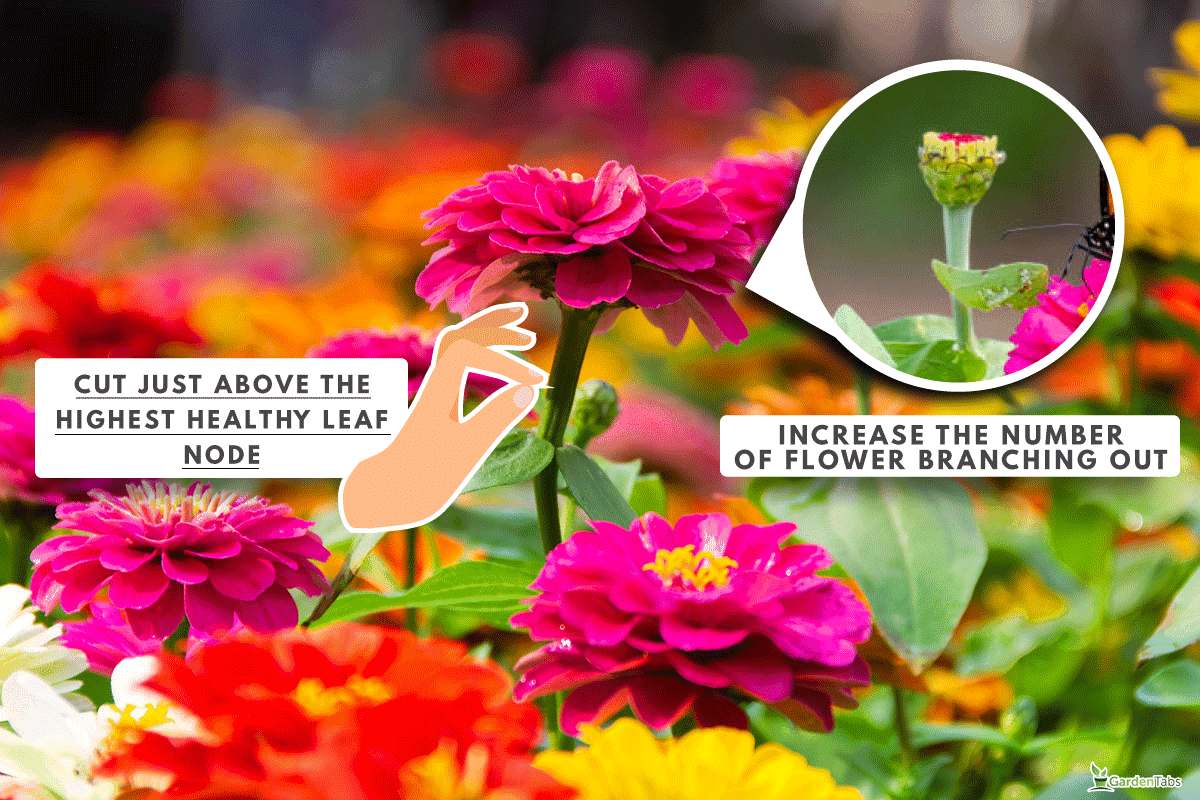
Pinching your zinnias can increase the number of flowers by encouraging the plant to branch out and grow more flower stalks. One thing to note about pinching is that while it does produce more flowers, the flowers will be smaller since they share a single plant.
To pinch, zinnias cut their stem just above a leaf node. It's best to cut just above the highest healthy leaf node. Cut at a lower node if the node just below the flower head is small and weak.
Like deadheading, cutting the stalk at a forty-five-degree angle is best to ensure quick recovery and growth.
How Do You Get Zinnias Back Every Year?
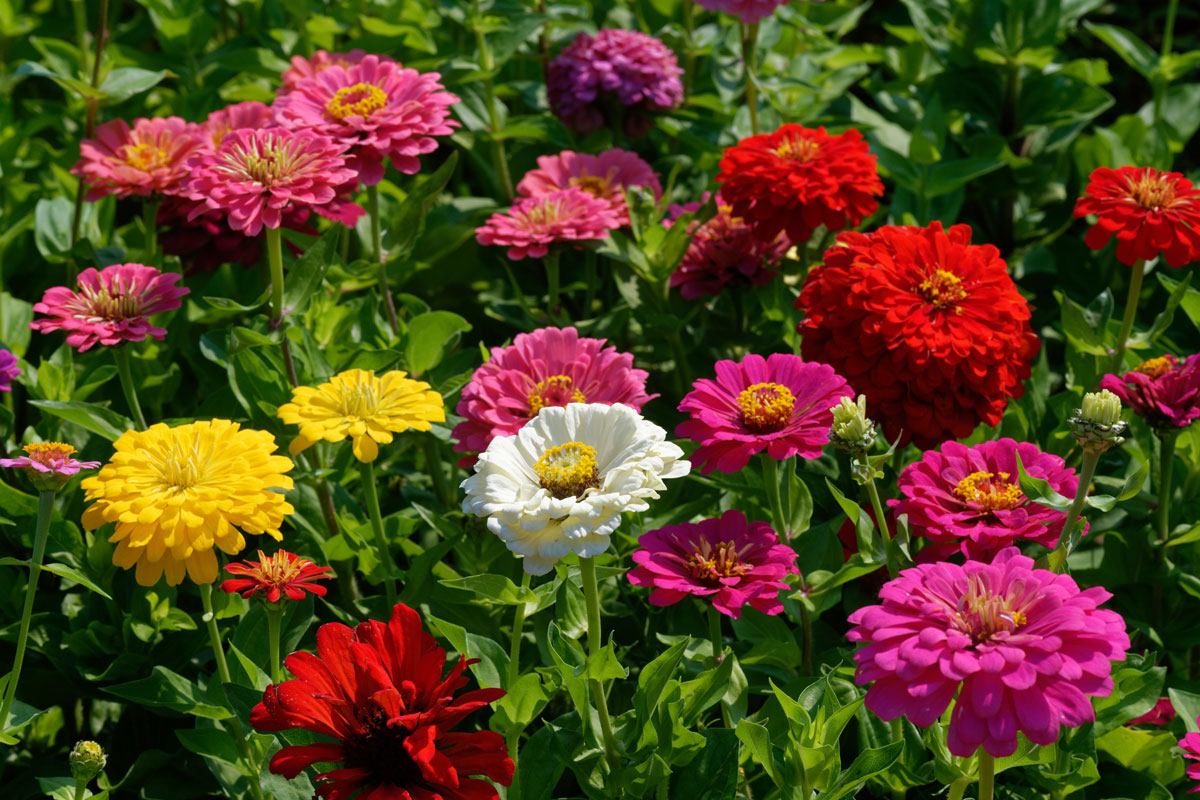
Zinnias are annuals, meaning they die in the winter and regrow from their seeds. To get zinnias back yearly, you must gather and spread their seeds.
To get seeds from your zinnias, allow the flower heads to dry on the plant. Once the flower head is dry and crunchy, you can easily break it off its stem. Crushing the dry flower head will release the seeds, which look like little triangles.
Store the seeds in a cool, dry place until you are ready to spread them in your garden for next year.
You can also allow the seeds to naturally fall to the ground, where they will sprout in the spring. To ensure the highest germination rate, it would be best to remove the seeds from their pods and spread them yourself in the spring.
When Should You Plant Zinnias?
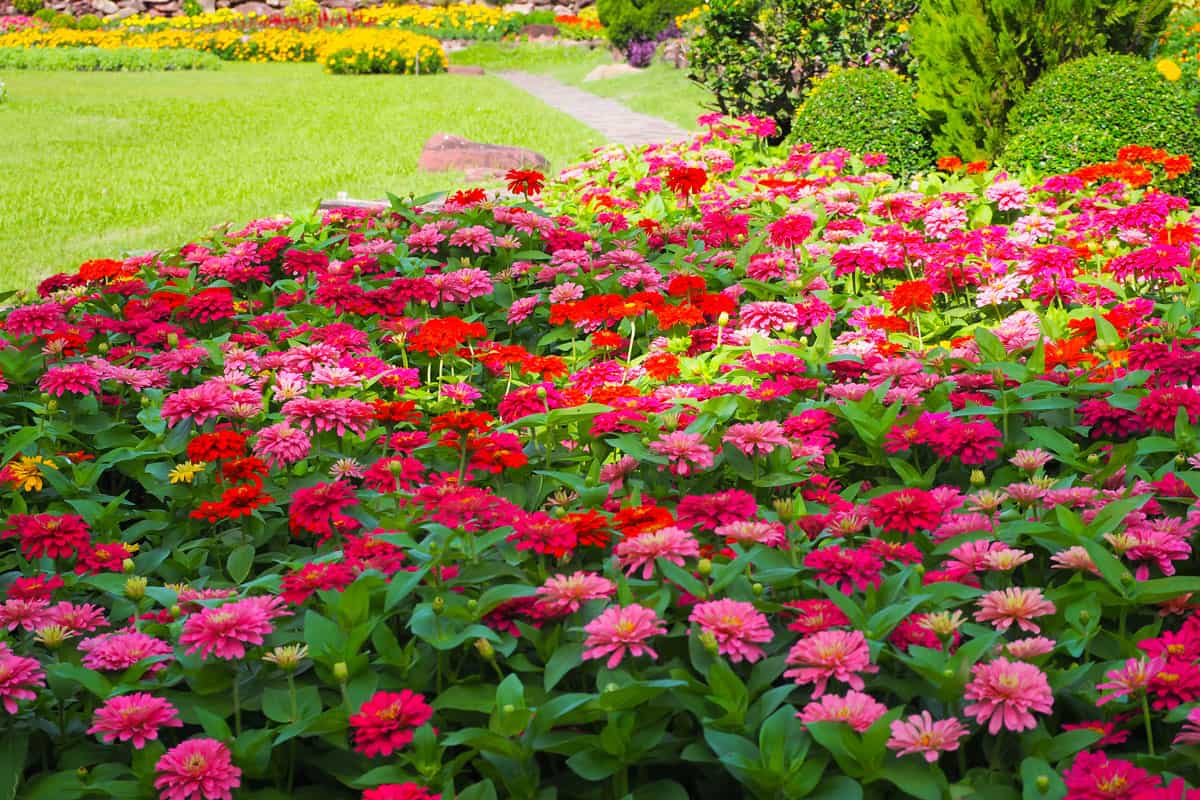
The best time to plant zinnias is after the last frost. Since it can be challenging to know when the last frost will come, it would be best to plant them a week after your area's average last frost date.
You can also grow zinnias indoors before the last frost and transplant them after it warms up outside. When growing for transplant, it would be best to seed them four to six weeks before your area's average last frost date.
If you are growing zinnias indoors, you are not restricted by the weather and can grow them year-round.
Why Are My Zinnias Dying?
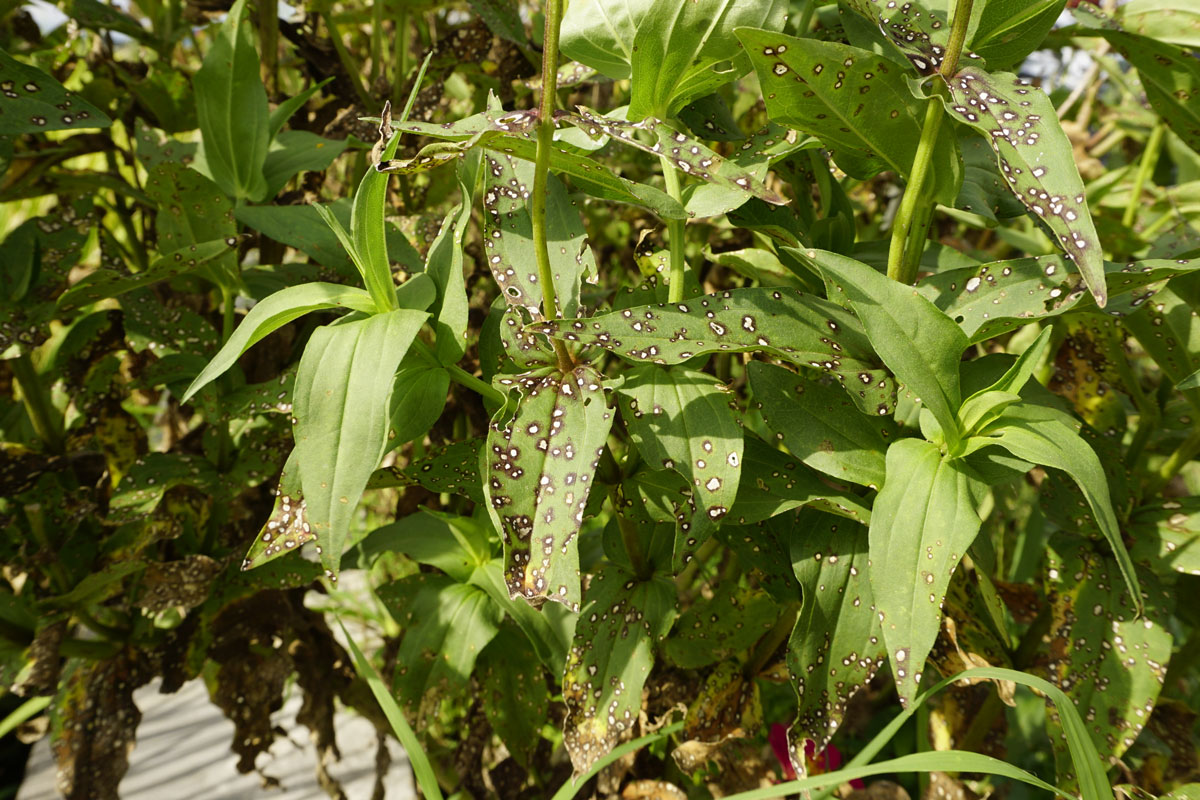
There are many reasons your zinnias may be dying. Let's learn how to identify the most common causes and learn how to remedy them.
Underwatering
If your zinnias are dying from a lack of water, the soil will dry out, and your zinnias will wilt. This happens because their cells use their internal water supply, which helps support the plant's structure.
If you are underwatering, your should increase your watering times by five minutes. If your zinnias are still wilting before their next watering, increase watering times by five more minutes.
It's essential to slowly increase watering times to avoid the issues associated with overwatering.
Overwatering
While your zinnias must have access to water, too much can lead to many problems. Plants need to exchange gasses through the soil and will start to drown if the soil is over-saturated. As the plant suffocates, it becomes weaker, making it susceptible to infections.
The quickest way to check if your zinnias are being overwatered is to check the soil. You want the ground to be damp but not soaked.
If the soil is over-saturated with water, avoid watering for a few days to allow it to dry. It would be best to let the soil dry until the top two inches of dirt are dry.
Next, start watering again for shorter times and reduce the number of days you water each week. Check on your plants frequently for signs of over and underwatering, and adjust watering times until your zinnias respond positively.
Infection
If your zinnias are dying from an infection, they will need treatment to recover. Many different conditions can affect your zinnias, and they don't all require the same treatment.
Bacterial infections require a bactericide to recover, while fungal infections require a fungicide. While bacterial infections usually cause black spots on leaves, and fungal infections cause white spots, many exceptions exist.
Treating your zinnias with a spray that treats both bacterial and fungal infections would be best. If you want to try a treatment for bacterial and fungal infections, here are two of the best available on Amazon.
Monterey Fungicide And Bactericide
You can find this product here on Amazon.
Earth's Ally Disease Control
You can find this product here on Amazon.
Infestation
If your zinnias are dying from an infestation, you will see small holes in the leaves. These holes can be caused by several different kinds of tiny beetles that enjoy zinnias.
To treat an infestation of beetles, you must use a pesticide. If you still see many leaves being damaged by beetles after a week, apply more pesticide. If you want to try a pesticide to stop a beetle infestation, here are two of the best on Amazon.
Earth's Ally Insect Control
You can find this product here on Amazon.
BioAdvanced Insect Disease And Mite Control
You can find this product here on Amazon.
Overfertilizing
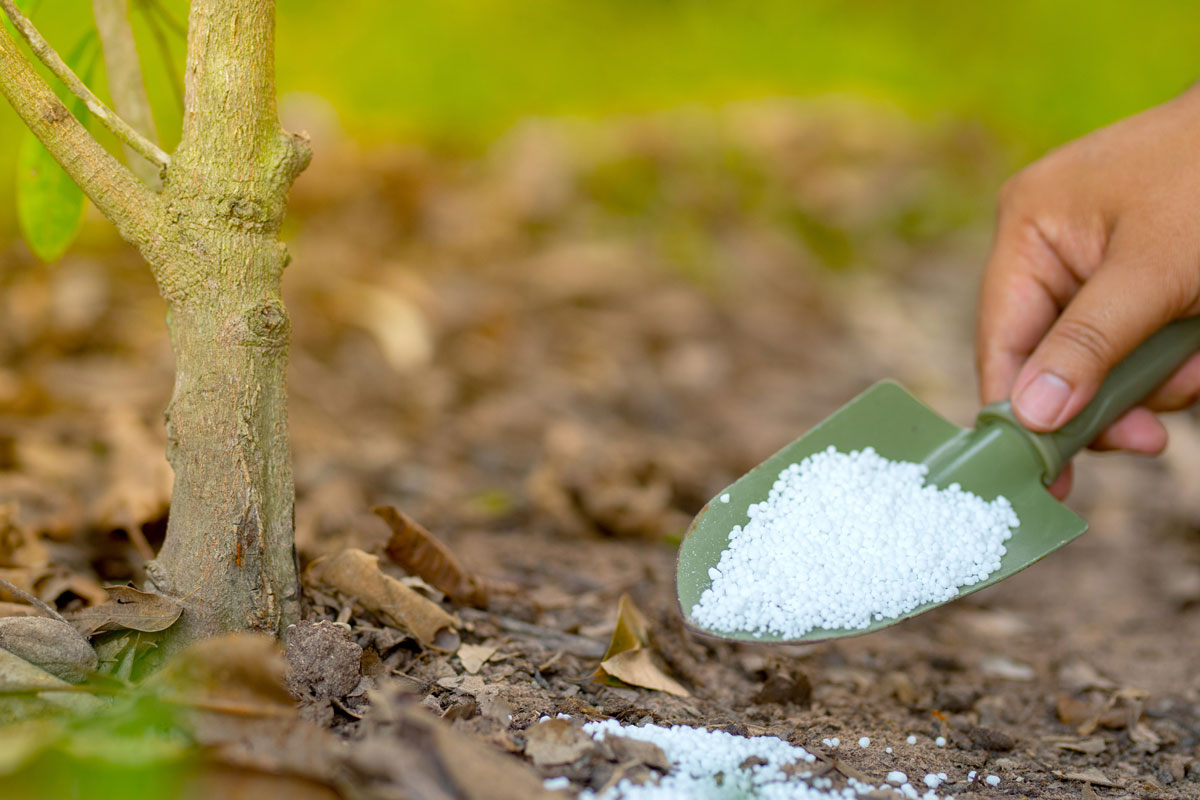
If your zinnias are dying from overfertilizing, there will be unique signs. When plants are exposed to excess fertilizer, they send it to the tips of their leaves to save their roots.
The build-up of fertilizer in the ends of their leaves causes brown dying leaf tips, known as fertilizer burn.
To help zinnias exposed to too much fertilizer, you must flush the ground with water. Soak the area around your zinnias for two hours to allow most of the fertilizer to dissolve and wash away.
After flushing the ground, avoid watering for two or three days to prevent overwatering problems. If you don't see significant improvement after a week, flush the soil again.
Final Thoughts

This article taught us that zinnias are self-pollinating and can be cross-pollinated. We also learned several ways to make your zinnias bloom more.
Remember, while you don't have to harvest zinnia seeds to get them to come back each year, doing so will increase germination rates.
We hope you enjoyed this article. If you want to learn more, check out some of these other posts.








